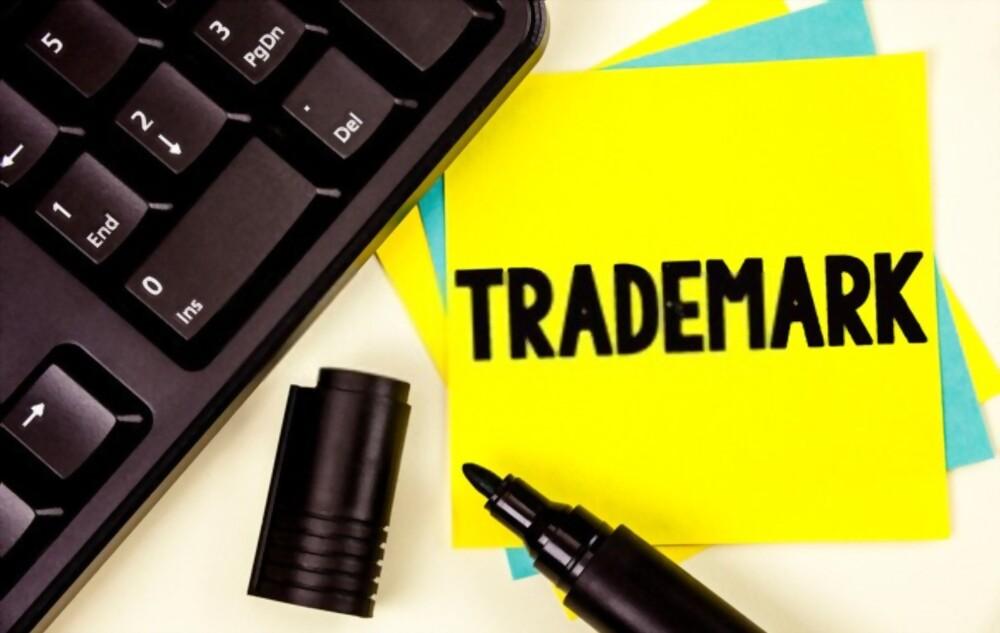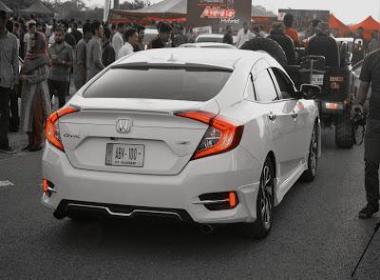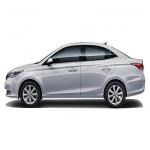1. Introduction
This weekend, I was in The Hague, going to see a long-time friend expatriated there to practice his profession in an international jurisdiction (I recommend the excellent blog dedicated to international justice, to which he participates very actively). At the end of this weekend walking the streets of Hague, we had fun counting the Deliveroo delivery men we saw tumbling down from all sides, wearing their famous blue/green/turquoise coats.
And finally, the question arose: does this famous color constitute or, at the very least, could constitute a mark? Indeed, at the simple sight of this color, one immediately identifies Deliveroo and its delivery services. It, therefore, seemed useful to me to clarify here the principles applicable to colors and their suitability to constitute a mark.
2. Legal principle
Let's not unnecessarily prolong the (false) suspense: yes, a color can constitute, as such, a mark as long as this color makes it possible to distinguish the products and/or services of one company from those of another company (an essential function of the brand). The principle is also expressed in black and white in article 3 of Directive (EU) 2015/2436 of 16 December 2015 approximating the laws of the Member States on trademarks:
Any sign may constitute trademarks monitoring in particular words, including names of persons, or designs, letters, numbers, colors, the shape of a product or its packaging, or sounds, provided that these signs are suitable for: (a) distinguishing the goods or services of one undertaking from those of other undertakings, and (b) be represented in the register in a manner which enables the competent authorities and the public to determine precisely and clearly the object benefiting from the protection conferred on the holder ”.
We find the same principle expressed in the article of Regulation (EU) 2015/2424 amending Council Regulation (EC) n ° 207/2009 on the Community trademark.
3. Examples of color marks
The European Union Intellectual Property Office gives us 3 examples of color marks:
Also read about: Top 10 Benefits Of Dietary Supplements
4. What about in case law
Color marks have been at the heart of several interesting businesses in Belgium. I will cite two emblematic ones. First the Veuve Clicquot case, which gave rise to a judgment of the Brussels Court of Appeal of June 24, 2004. In this case, it was a question of a new beer called "Malheur Brut Réserve" which was marketed in bottles in the shape of Champagne type and whose label had an orange background. These beer bottles were packaged in a glossy cardboard box, the dominant color of which was orange. This had not pleased the group marketing Veuve Clicquot champagne, which then brought legal action, invoking, in particular, its orange brand (Pantone 137 C). Veuve Clicquot won her case.
Then the Jupiler Blue case, which gave rise to a judgment of the Brussels Court of Appeal of October 21, 2013. In this case, the Alken-Maes Brasseries accused the InBev Belgium group of infringing its blue mark ( Blue PMS 2748C) with its new product Jupiler Blue: In this case, the Brussels Court of Appeal decided that, even if the color blue is a primary color, the fact that PMS 2748C blue is still a very unusual color for beer. As such, this blue can be considered distinctive for beer and can therefore constitute a valid mark for beer. Maes won.














